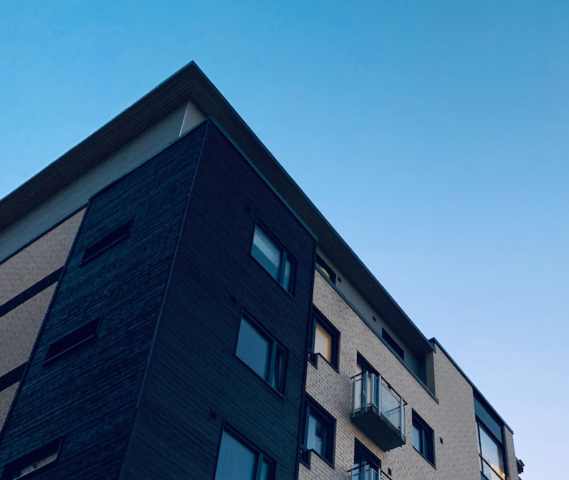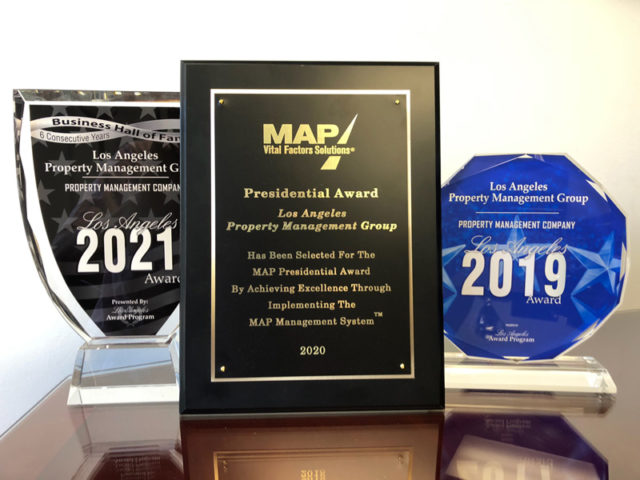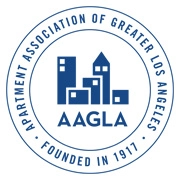Making the Most of Green Spaces in your LA Apartment Complex

Almost 39 million people in the US live in an apartment, valuing the ease, practicality, and location of their flat. Of course, all modes of living have their ups and downs, and one aspect of living in a separate/individual home is the ability to have a backyard or green space in which to relax and socialize. Green spaces are important for human health and wellbeing, with study after study showing that people who live in proximity to nature have lower stress levels and a heightened resilience to stress, anxiety, and depression. If you are a landlord or property manager, and you have the opportunity to embellish common spaces within your apartment complex, how can common green spaces benefit the health and wellbeing of residents?
Conducting Research into Tenant Demographics
The ultimate community landscaping project is one that is perfectly in tune to its residents’ needs. Homeowners Association meetings and neighbor get-togethers are a good idea to understand how residents wish to spend their time outdoors. They are also a good place to propose changes and to present an official budget of what renovations may cost. Depending on the age, interests, and desires of tenants, you may decide to combine future green areas into a pool and garden zone, play area for kids, and/or a garden area where tenants can grow fruits and vegetables. If many residents have pets, meanwhile, they may decide to set up a green area with pet-safe fencing, or set up a leash-free zone where well-behaved dogs can interact. Once you have met with residents, a plan can be set up that lays clear boundaries for the different components of the community green space.
Learning about Plant Hardiness
The US is divided into over 13 plant hardiness zones, with each zone being around 10º than the adjacent one. Before investing in plants for common green zones, it is important to know what plant hardiness zone you are in so your garden thrives all year round. This task is pretty easy—simply check out the official USDA Plant Hardiness Zone Map, which starts with zone 1a (-60 to -55 °F/-51.1 to -48.3 °C) and goes all the way to 13b (65 to 70 °F/18.3 to 21.1 °C). Once you know your zone, you can easily find perennial plants that will thrive in your area and require minimal maintenance. If you are hiring professional landscapers for the project, ask them to also include annual and seasonal plants, so that residents always have something new to contemplate from year to year.
Pampering the Senses
Most community green zones have a relaxation area; one in which residents can gather together and connect. For this zone, you can include features such as shade sails, tables and chairs, hammocks, and sun loungers. For the winter, a semi-circular bench with a central fire pit is ideal for keeping people socializing year-round. Consider incorporating features that can boost a sense of calm and relaxation. A water fountain, comfortable furnishing, and even a grill for outdoor barbecues can boost the appeal of common outdoor spots. You can also grow fragrant herbs and plants like lavender and rosemary, which will add a pleasant aroma to your space.
Millions of people live in apartments, and many seek greater opportunities to be in touch with nature. Landlords and homeowners can set up green spaces such as play areas, vegetable gardens, and relaxation areas. Invest in features that will up residents’ comfort, including a fire pit, grill, and dining area.








